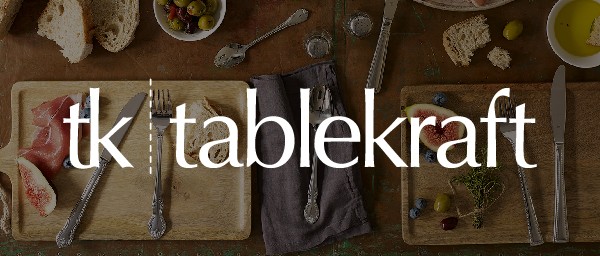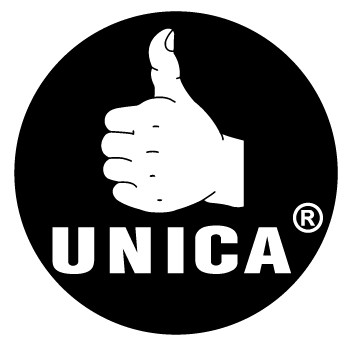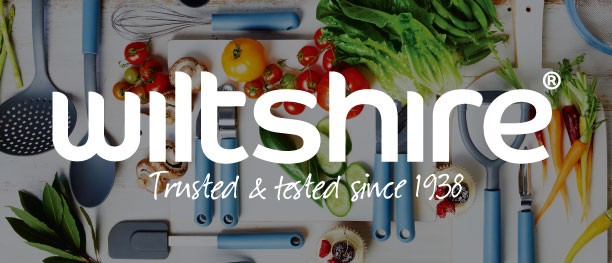How To Create An Effective Seo Strategy
Last updated: May 21, 2025 Written by: Andres Gonzalez
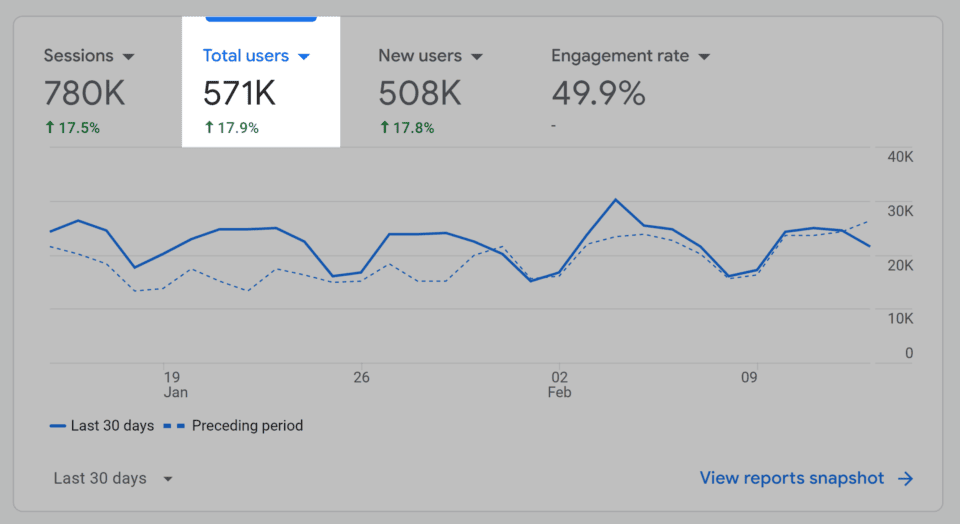
What Is an SEO Strategy?
An SEO strategy is a structured plan to create, optimize, and promote content in order to enhance its visibility in search engine results. The goal is to attract more organic traffic to a website. This process involves various techniques like keyword research, on-page optimization, technical SEO, and link building.
In simpler terms, an SEO strategy is the approach you take to increase organic traffic to your site. For GiftTree
NZ,
implementing effective internal links across the website is a key component of your SEO strategy. These internal links help search engines
understand the structure of your website, improving the discoverability and relevance of your content.
Creating an effective SEO strategy is crucial for any business looking to enhance its digital marketing efforts. Whether you're new to SEO
or looking to refine your existing strategy, this guide will walk you through the essential steps to develop a robust plan.
Step #1: Create a List of Keywords
Keyword research is typically the first step of any solid SEO strategy.
So, how can you find the keywords your target customers are searching for?
One of the best tools for this is Google Suggest.
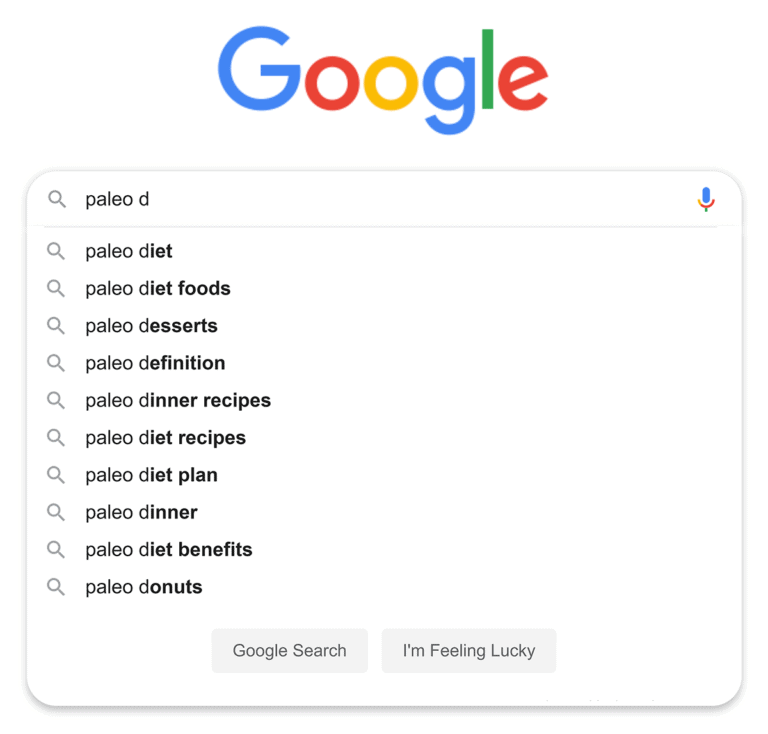
Start typing a relevant keyword into Google’s search bar, and you'll see a list of suggested search terms. These suggestions can provide valuable insights into what potential customers are searching for, helping you identify high-traffic keywords relevant to GiftTree NZ. Whether it's "eco-friendly gifts" or "wooden toys for kids," Google Suggest can guide you toward keywords that align with the interests of your audience.
These suggestions make excellent keywords for SEO because they come directly from Google.
(Which means you can be sure that people are actually searching for them.)
Additionally, longer keywords, often referred to as "long-tail keywords," tend to have less competition compared to more general "short-tail" keywords. For GiftTree NZ, targeting long-tail keywords like "eco-friendly wooden toys for kids in New Zealand" can help attract more specific traffic, increasing your chances of converting visitors into customers while facing less competition from larger, broader search terms.
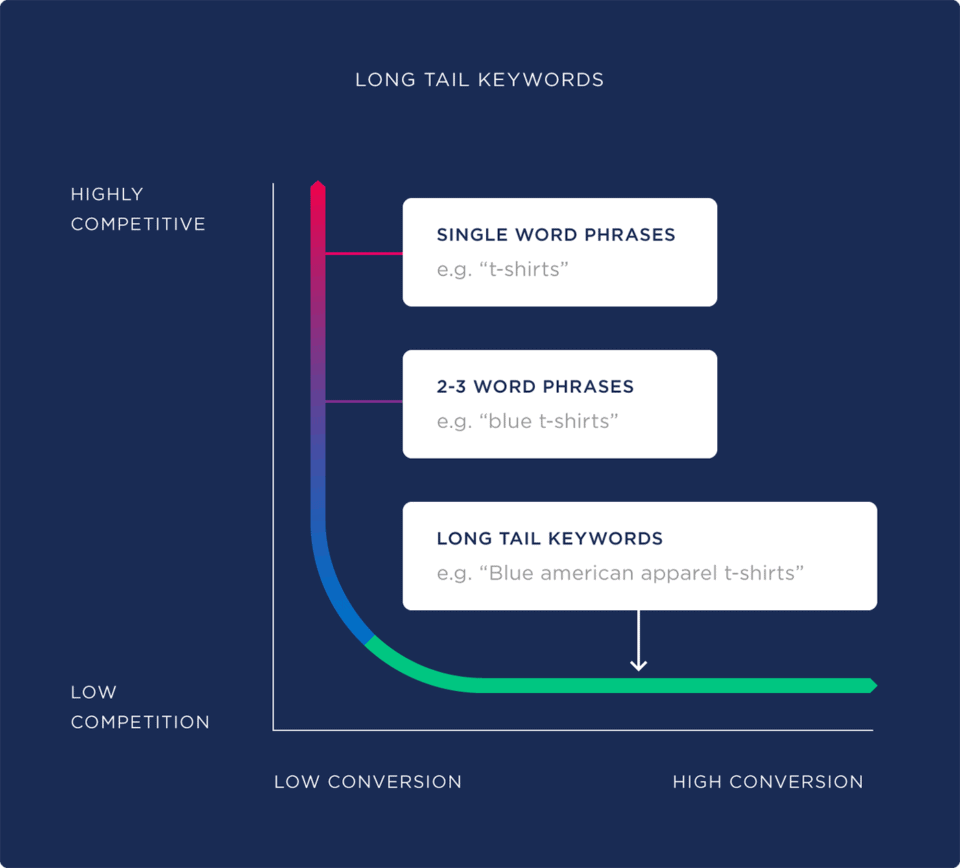
While long-tail keywords may have lower search volumes, they are generally much easier to rank for.
I recommend typing several different keywords into Google to build a list of around 10 relevant keywords for your business.
To check the search volume and competition levels for those terms, you can use keyword tools like Semrush, Ubersuggest, or even Backlinko’s free keyword generator. For GiftTree NZ, tools like these can help you find high-quality keywords such as "sustainable gifts in New Zealand" or "eco-friendly toys for kids," giving you the insights needed to target the best opportunities for your site’s content and SEO strategy.
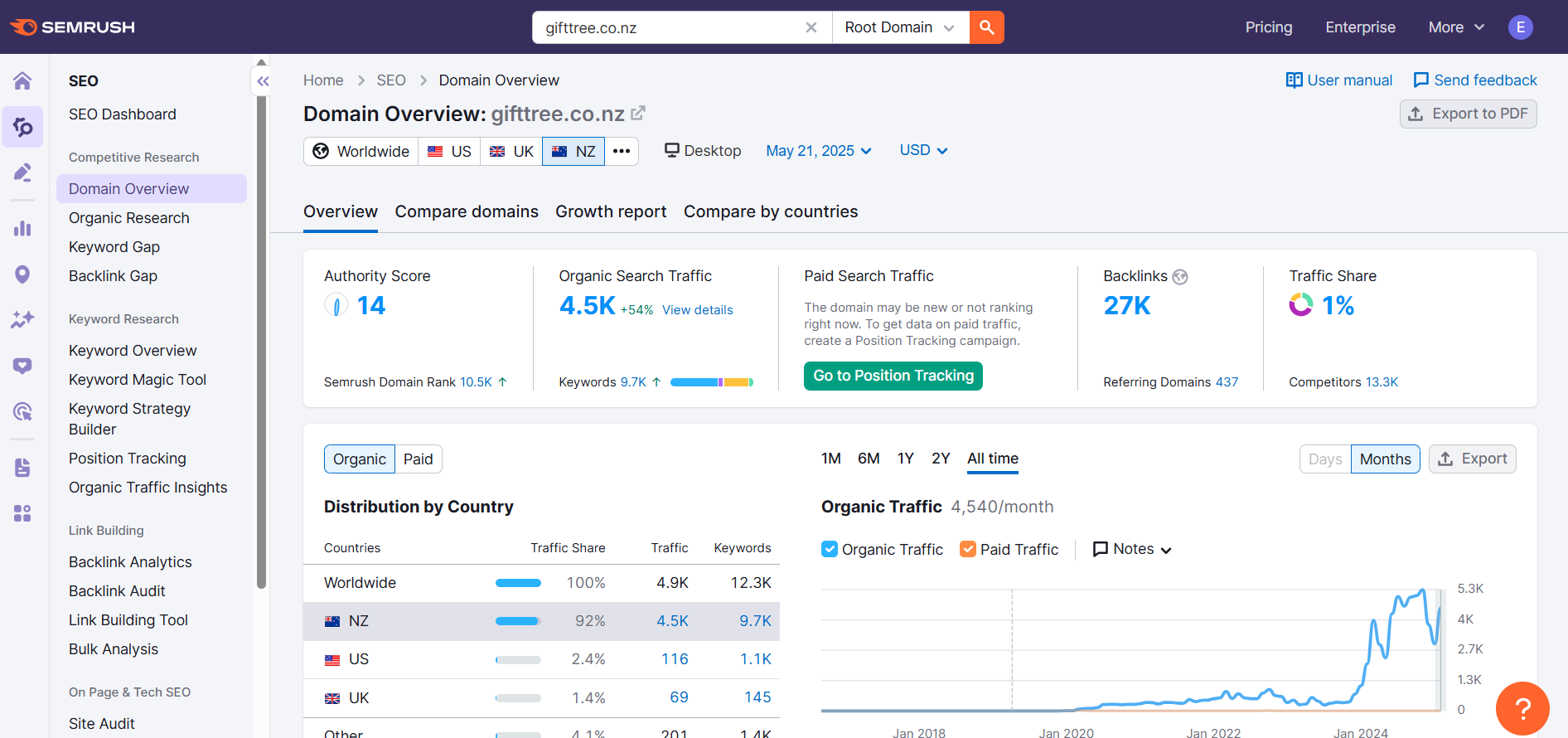
Step #2: Analyze Google’s First Page
Now that you’ve found a list of relevant keywords, it’s time to see who’s already ranking for those terms.
To do this, simply type one of the keywords you’ve identified into Google’s search bar.
For GiftTree NZ, analyzing the first page of Google results for keywords like “eco-friendly wooden toys” or “sustainable gift ideas in New Zealand” can help you understand the competition. Look at the websites that appear—are they e-commerce sites, blogs, or product listings? This will give you an idea of the type of content you’ll need to compete with and whether there’s room to rank higher with more optimized content.
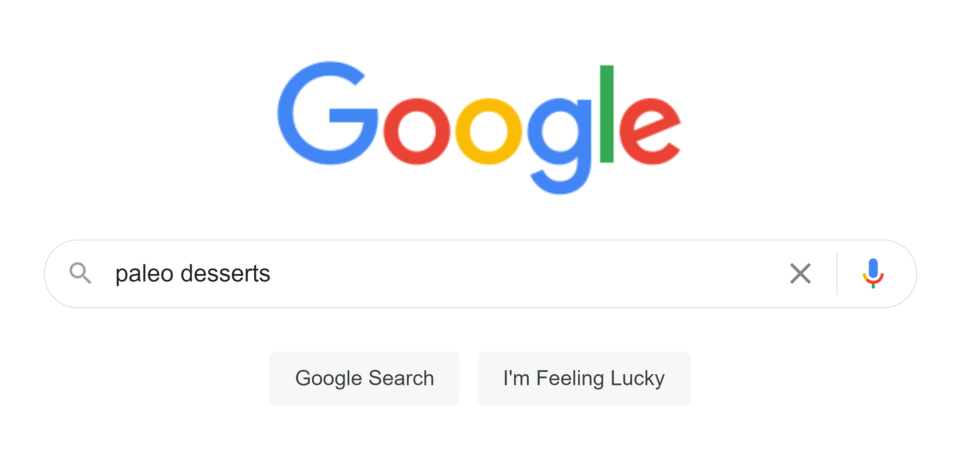
Scan the Top 10 Results
Next, scan the top 10 results for your keyword.
Take note of any patterns that stand out.
For example, if you’re targeting a keyword like “eco-friendly wooden toys for kids,” and you notice that the top results are mainly blog posts or product lists, it’s a good idea to observe that pattern.
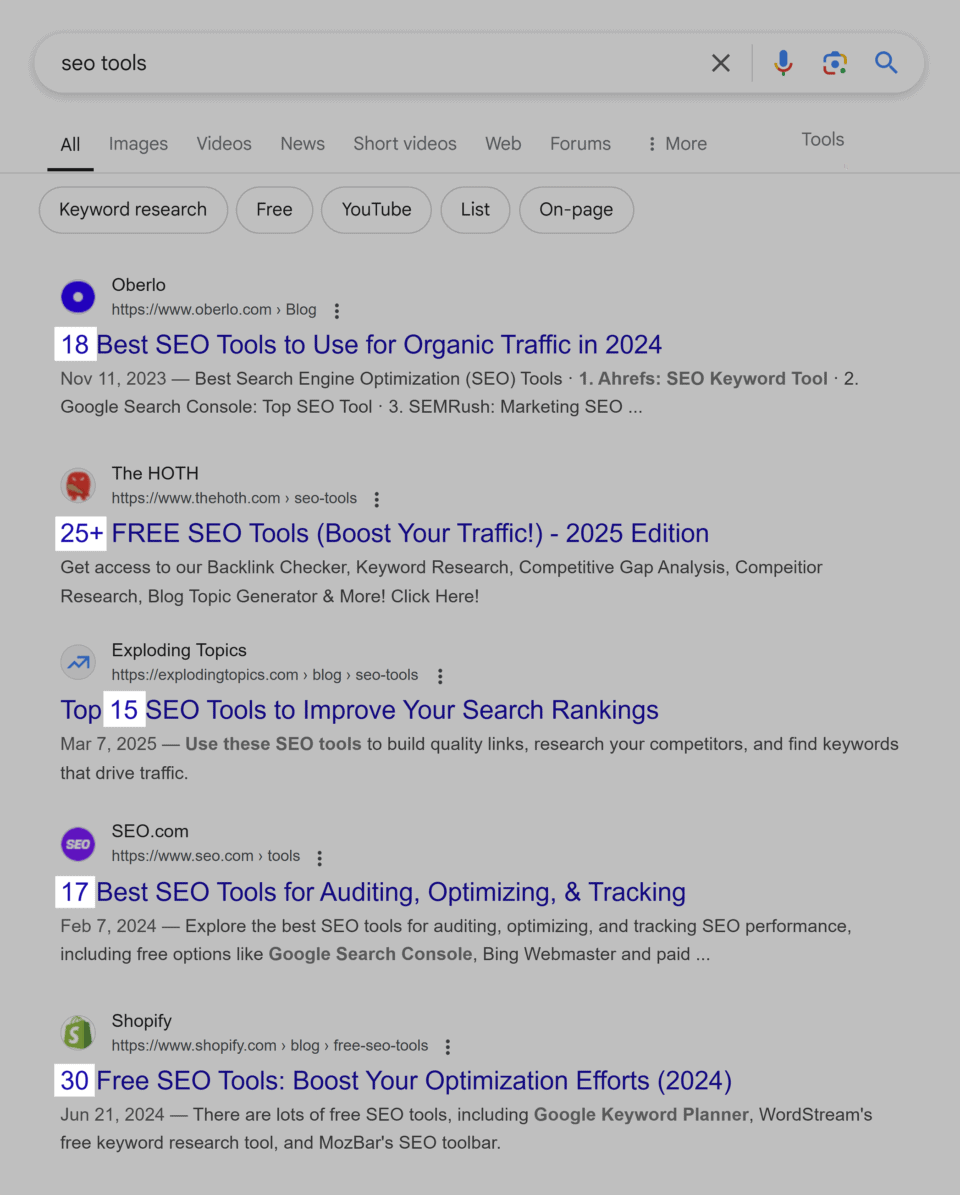
For GiftTree NZ, if you see that most of the content on the first page is focused on educational guides or curated gift lists, it may indicate that these types of pages are more likely to rank well for that search term. This insight will guide you in creating content that aligns with what Google is currently ranking, helping you optimize your own pages more effectively.
Step #3: Identify Your Competitors
To understand who you're up against, identifying your SEO competitors is essential.
One of the most effective tools for SEO competitor analysis is Semrush. It makes the process quick and easy, saving you time and helping you gather valuable insights.
For GiftTree NZ, Semrush can help you identify other businesses or websites that are ranking for the same keywords, such as "eco-friendly gifts in New Zealand" or "wooden toys for kids." Understanding your competitors’ strengths and weaknesses allows you to find opportunities to differentiate your content and rank higher.
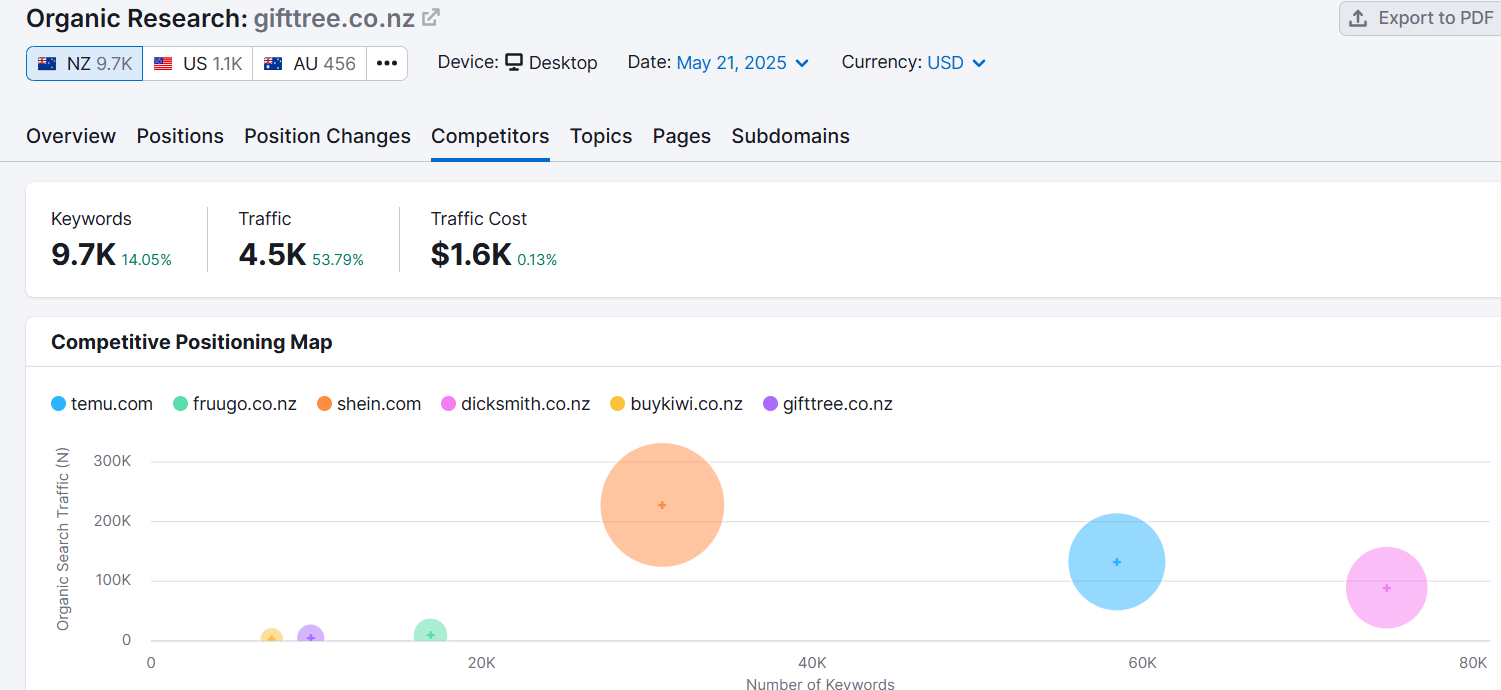
Then, scroll down to the bottom and look for a section called “Main Organic Competitors”.
These are websites that rank for similar keywords and target audiences that are likely to overlap with GiftTree NZ.
If you click on the “View all…” button, you’ll be able to explore a complete list of competitors and gain deeper insights.
You can review how many common keywords you share with these competitors and see the amount of organic traffic they’re pulling in. This data can help you understand what’s working for them, identify gaps in your own content strategy, and highlight opportunities to outperform them in search rankings.
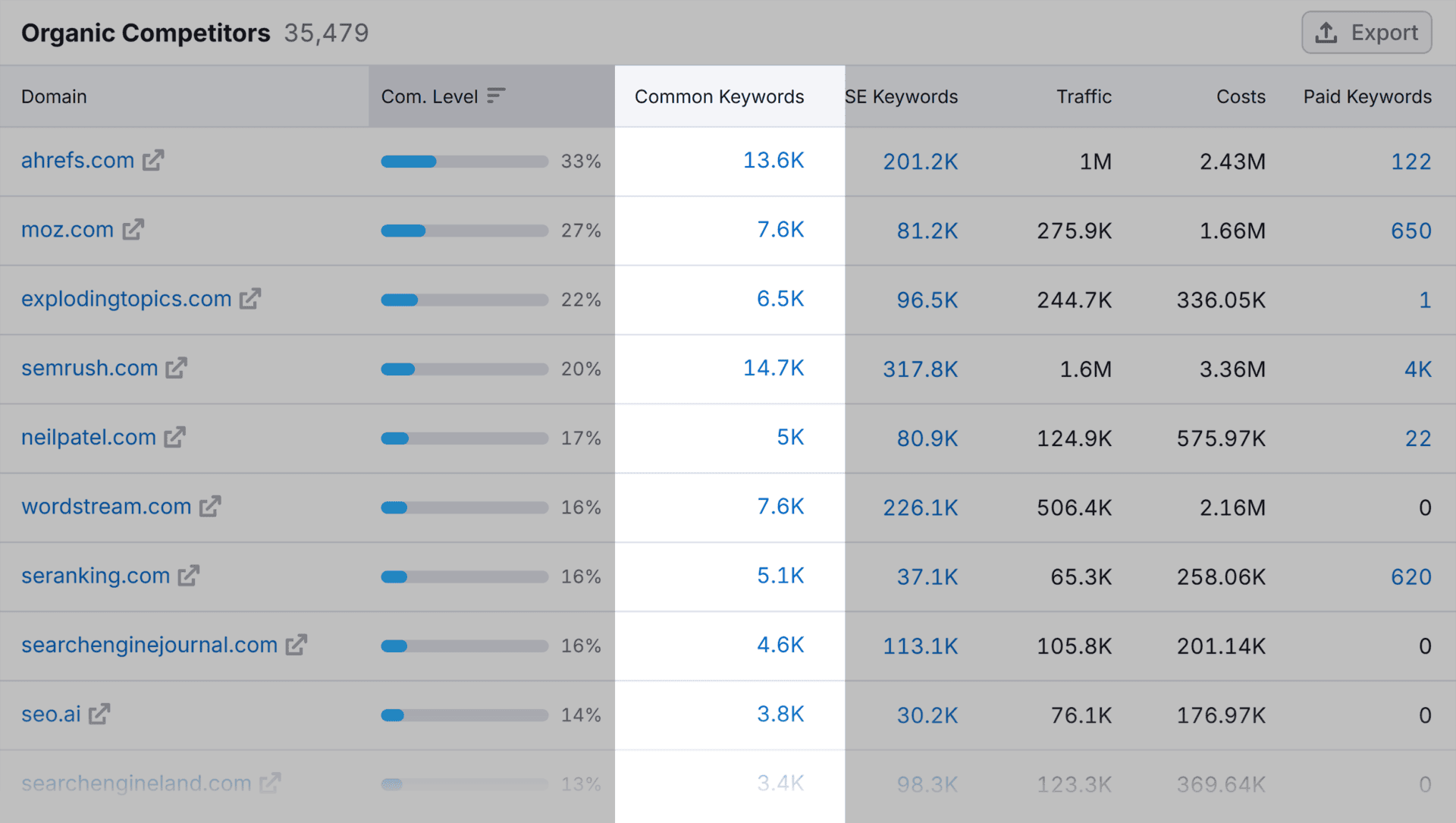
Step #4: Create Something Different or Better
Now that you've analyzed your competitors, it's time to create exceptional content for your site.
You have two choices for creating high-quality content:
- Option #1: Create Something Different.
- Option #2: Create Something Better.
If you decide to go for creating something better, aim to make your content 10x better than what’s already ranking. For example, if you notice that most content about "eco-friendly toys" is simply a list of products, consider going beyond a list and writing an in-depth guide on the benefits of sustainable toys for kids.
If you want to create something different, aim to provide unique value that will make your content stand out. For GiftTree NZ, consider creating an ultimate guide to eco-friendly gifts or a special feature on how wooden toys contribute to early childhood development, offering something that isn’t available in your competitors' content.
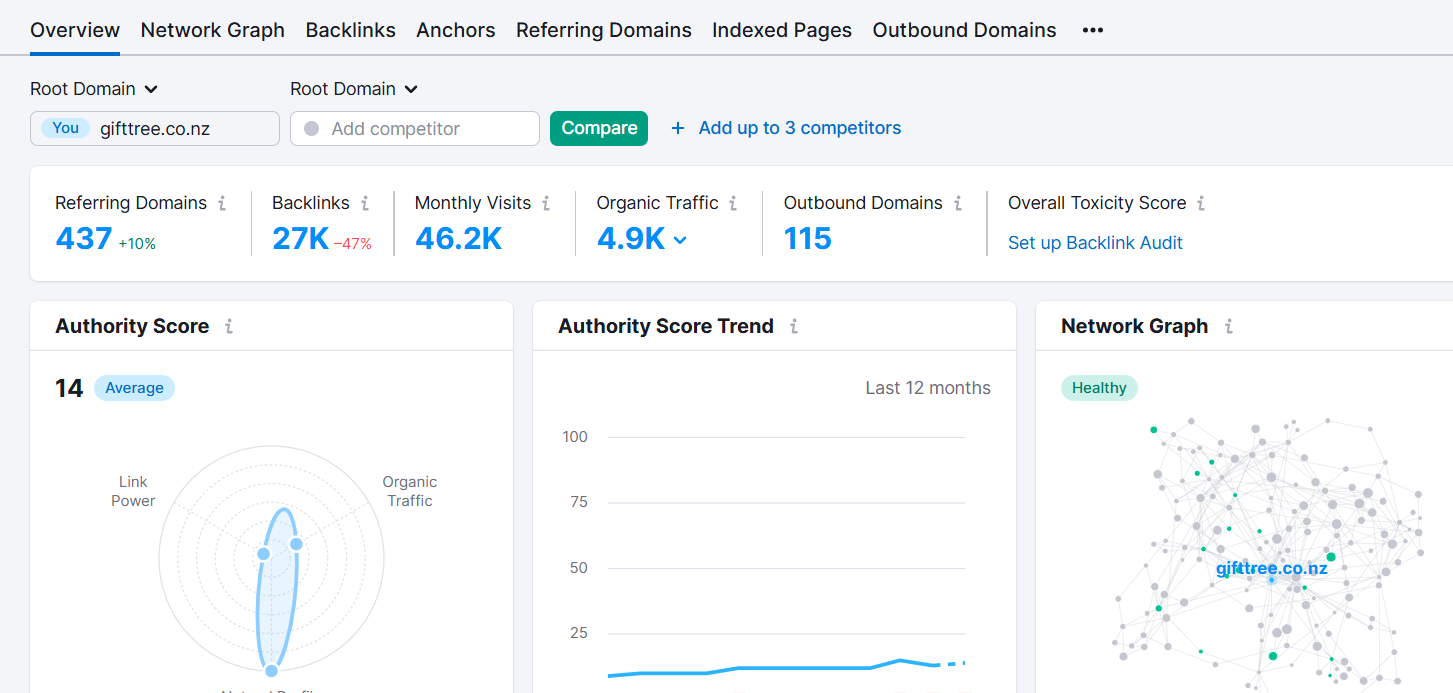
Step #5: Add a Hook
To attract backlinks, you need a compelling hook—something that makes your content shareable. This could be statistical data, an ultimate guide, or a unique perspective that other content lacks.
For GiftTree NZ, creating a detailed and data-backed piece on the rise of eco-friendly gifting trends in New Zealand could be the perfect hook. When you offer stats, unique insights, or something that stands out, other sites are more likely to link back to you.
Step #6: Optimize For On-Page SEO
Here are three core on-page SEO techniques to focus on for 2025:
- Internal Linking: Link from high-authority pages to new pages to boost their SEO.
- Short, Keyword-Rich URLs: Keep URLs simple and include your target keyword, like "eco-friendly-gifts-nz."
- Semantic SEO: Include related terms and phrases to improve the relevance of your content.
For GiftTree NZ, optimizing product pages for semantic SEO can help capture additional traffic by targeting closely related keywords like "sustainable toys" or "eco-conscious gifts."
Step #7: Optimize For Search Intent
Search intent is critical. Match your content to the user’s needs.
For example, when optimizing for "eco-friendly gifts," analyze the first page to see if searchers want gift guides, product lists, or educational content. If the top results are lists, consider creating a more thorough, user-friendly guide with actionable insights and specific product recommendations.
Step #8: Focus On Content Design
Design plays a big role in engagement and readability. For GiftTree NZ, investing in visually appealing content—like product infographics or beautifully designed guides—can help your content stand out and encourage more shares.
Step #9: Build Links to Your Page
Focus on link-building strategies like broken link building, competitor analysis, and the Evangelist Method. Find opportunities to build links by offering your content as a replacement for broken links or engaging with influencers in your niche.
For GiftTree NZ, collaborating with eco-focused bloggers or influencers could provide great backlink opportunities and increase your site's authority.
Step #10: Improve and Update Your Content
SEO is a continuous process. Revisit and update old content with fresh information, new images, and updated strategies. By improving existing content, you can increase organic traffic and maintain your rankings.
For GiftTree NZ, updating your seasonal gift guides or product listings with new options and trends can keep your content relevant and boost your site's performance.
The “Common Keywords” Section
The “Common Keywords” section is extremely valuable because it shows how many keywords you share with each competitor.
If you notice websites with a high number of common keywords, you can consider them your main competitors.
At the end of this step, you should have identified at least 4-5 main organic competitors for GiftTree NZ based on these shared keywords.
Step #4: Create Something Different or Better
Now that you know who your competitors are, it’s time to create high-quality content that will help you rank higher in search results.
When it comes to SEO content, you have two main options:
- Option #1: Create Something Different.
- Option #2: Create Something Better.
Sometimes, the best approach is to create content that is bigger, better, and more comprehensive than what’s already out there (also known as The Skyscraper Technique). For GiftTree NZ, this could mean creating an in-depth gift guide with eco-friendly gift options that goes above and beyond other similar lists.
But there are also times when creating something completely different might be the better choice.
Why? Because it makes your content stand out from the competition.
For example, when optimizing for a topic like "eco-friendly toys for kids," if you see that the first page of Google is filled with list posts, you might decide to take a completely different angle. Instead of simply listing products, you could create an engaging, educational piece on the benefits of eco-friendly toys and how they contribute to a sustainable lifestyle. This helps differentiate your content from others that just list products, offering unique value to your audience.
What Is an SEO Strategy?
An SEO strategy is a detailed plan focused on improving a website's search engine rankings and attracting more organic traffic. It involves a mix of on-page and off-page techniques that help search engines better understand and rank your content. From link building to optimizing content for keywords, an effective SEO strategy is comprehensive and dynamic.
The Role of SEO in Digital Marketing
SEO is a fundamental component of digital marketing. It not only drives organic traffic but also enhances brand visibility and credibility. By appearing at the top of search results, businesses can increase their chances of being discovered by potential customers. This makes SEO an essential tool for achieving long-term online success.
Key Components of an SEO Strategy
An effective SEO strategy comprises several key components: keyword research, content creation, on-page optimization, and link building. Each component plays a vital role in improving search engine rankings. While keyword research helps identify what users are searching for, content creation ensures that the information provided is valuable and relevant. On-page optimization and link building further enhance a website's authority and visibility.
The Importance of a Dynamic Strategy
SEO is not static. Search engine algorithms are constantly evolving, and user behavior changes over time. Therefore, having a dynamic strategy that adapts to these changes is crucial. Regular updates and adjustments to your SEO plan will ensure that your website remains competitive and continues to perform well in search results.
Step 1: Create a List of Keywords
Your first step in crafting an SEO strategy is to create a list of keywords. Keywords are the terms and phrases that people type into search engines when looking for information.
Understand Your Audience
To start, think about your target audience. Consider their demographics, interests, and online behavior. What problems are they trying to solve? What topics are they passionate about? Understanding these aspects will help you align your keyword strategy with their needs and expectations.
Use Keyword Research Tools
Leverage keyword research tools like Google Keyword Planner, SEMrush, or Ahrefs to identify keywords that have a good balance of search volume and competition. Look for long-tail keywords, which are longer phrases that are less competitive and more specific, often leading to higher conversion rates. These tools also provide insights into related keywords and trends, helping you expand your list and uncover new opportunities.
Group and Prioritize Keywords
Once you have a list of potential keywords, group them into categories based on relevance and intent. This will help you structure your content strategy and ensure that each piece of content is focused and targeted. Prioritize keywords based on their potential impact on your business goals, such as driving traffic, generating leads, or increasing sales.
Step 2: Analyze the Competition
Understanding your competitors' strategies can offer valuable insights. Analyze their keywords, content, and backlink profiles to see where you can improve or differentiate your approach.
Identify Competitors
Identify who your main competitors are in the search results for your chosen keywords. Look at both direct competitors and online competitors who may not sell the same products but rank for similar keywords. Consider using tools like SimilarWeb to gain a comprehensive view of your competitive landscape, including traffic sources and audience demographics.
Assess Their Strategies
Examine their website structure, content quality, and backlink strategies. Tools like Moz and SpyFu can help you uncover what makes them successful and where they might be vulnerable. Additionally, pay attention to their social media presence and engagement levels, as these can offer clues about their audience interaction and brand perception.
Identify Opportunities for Differentiation
Analyzing competitors isn't just about mimicking their successes. It's also about finding opportunities to stand out. Look for gaps in their content or areas where you can provide more value. Consider unique angles or formats that could set your content apart and attract more attention from your target audience.
Step 3: Optimize On-Page SEO
On-page SEO is critical for helping search engines understand your content and for improving user experience. This includes optimizing meta tags, headers, and content itself.
Craft High-Quality Content
Content is king in the world of SEO. Ensure that your content is informative, engaging, and relevant to your audience's needs. Use your keywords naturally and strategically throughout your content without keyword stuffing. Focus on providing actionable insights and solutions to your audience's problems, enhancing both their experience and your search rankings.
Optimize Meta Tags and Headers
Meta tags, including your title and description, should be compelling and include your target keywords. Headers (H1, H2, etc.) should be used to structure your content clearly, making it easier for search engines and users to navigate. Additionally, use descriptive alt tags for images to improve accessibility and provide context for search engines.
Enhance User Experience
On-page SEO goes beyond just keywords and structure. It's also about creating a seamless user experience. Ensure your website is mobile-friendly, loads quickly, and is easy to navigate. Use clear calls-to-action and intuitive design elements to guide users through your site, increasing engagement and reducing bounce rates.
Step 4: Build a Strong Backlink Profile
Link building remains a cornerstone of effective SEO strategies. High-quality backlinks from reputable sites can significantly boost your search rankings.
Develop Shareable Content
Create content that people naturally want to share and link to. This could be in the form of how-to guides, infographics, or original research. The more valuable your content, the more likely others will link to it. Consider collaborating with industry experts or influencers to create authoritative content that attracts more attention and links.
Reach Out for Backlinks
Engage in outreach to websites and influencers within your industry to secure guest posts and backlinks. Personalized, thoughtful outreach can build relationships and lead to more link opportunities. When reaching out, emphasize the mutual benefits of collaboration and provide examples of high-quality content you can offer.
Monitor and Manage Your Backlink Profile
Regularly monitor your backlink profile to ensure its quality and relevance. Use tools like Majestic or Ahrefs to track new links and identify any potential issues, such as spammy or irrelevant links. Disavow harmful links and focus on maintaining a clean and authoritative backlink profile to support your SEO efforts.
Step 5: Monitor and Adjust Your Strategy
SEO is not a set-it-and-forget-it endeavor. Regularly monitoring your results and adjusting your strategy is key to maintaining and improving your rankings.
Use Analytics Tools
Utilize tools like Google Analytics and Search Console to track your website's performance. Pay attention to metrics like organic traffic, bounce rate, and conversion rates to understand what's working and what needs improvement. Analyze user behavior and engagement patterns to identify areas where you can optimize content or design.
Continuously Optimize
SEO is dynamic, with search algorithms and user behavior constantly evolving. Stay informed about the latest SEO trends and update your strategy accordingly. Regularly revisit your keyword list, content, and backlink profile to ensure they align with current best practices. Attend industry conferences, webinars, and workshops to stay ahead of changes and innovations.
Embrace a Test-and-Learn Approach
Adopt a test-and-learn mindset to refine your SEO strategy continuously. Experiment with different tactics, such as A/B testing content variations or trying new link-building approaches. Gather data from these experiments to make informed decisions and drive continuous improvement in your SEO performance.
Conclusion
Crafting an effective SEO strategy involves a blend of research, optimization, and ongoing adjustments. By understanding your audience, analyzing competitors, optimizing on-page elements, building a strong backlink profile, and continually monitoring performance, you can enhance your digital marketing efforts and achieve higher search engine rankings.
Implement these steps diligently, and you'll be well on your way to developing a successful SEO strategy that drives long-term results. Remember, SEO is a journey, not a destination. Stay committed to learning and adapting, and your efforts will pay off in sustained online visibility and growth.



.jpg)








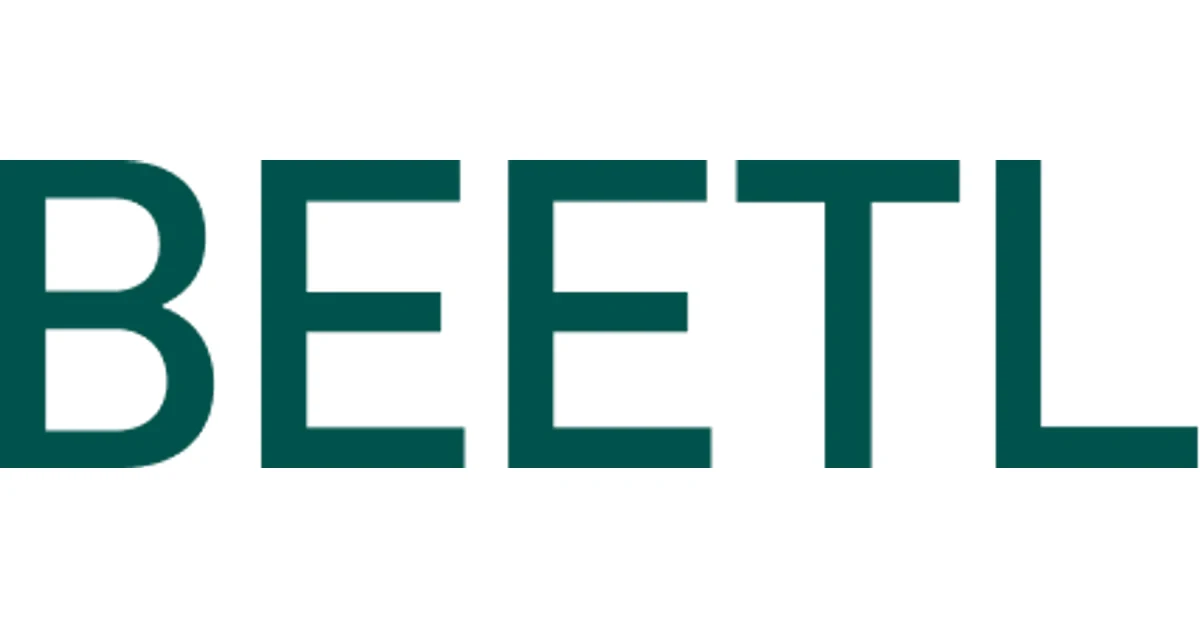
.jpg)


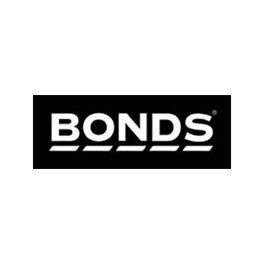
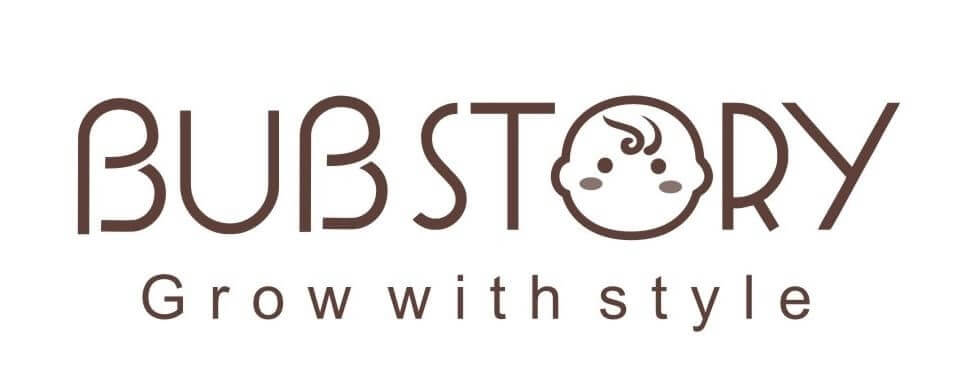

.jpeg)





.jpeg)



.jpeg)








.jpeg)



.jpeg)

.jpeg)

.jpeg)

.jpeg)
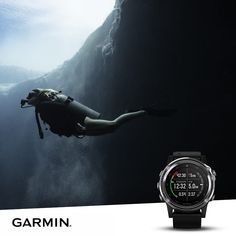



.jpeg)
.jpg)

.jpeg)






.jpeg)
.jpeg)




.jpeg)

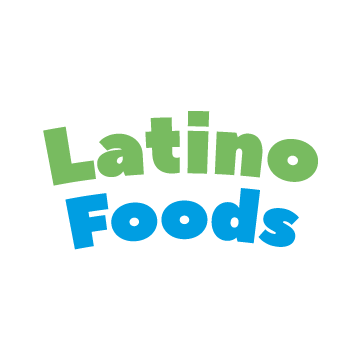

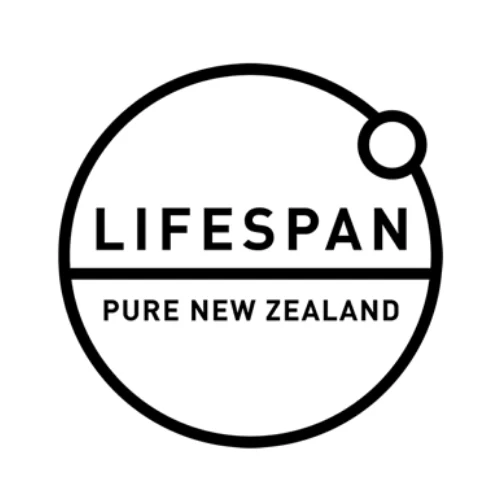

.jpeg)


.jpeg)
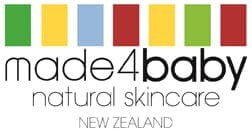
.jpeg)

.jpeg)

.jpeg)


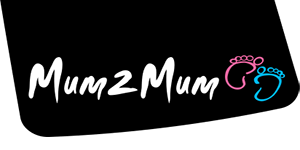



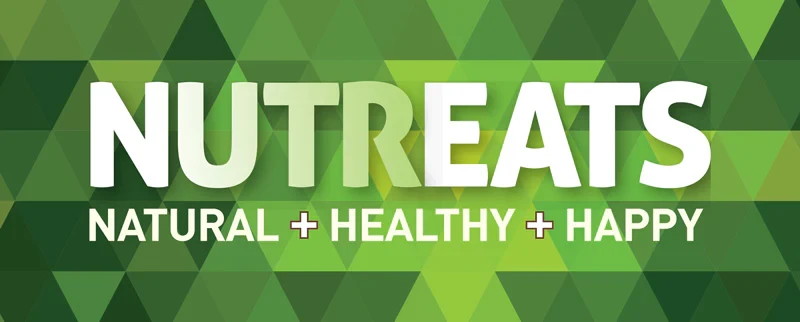
.jpeg)
.jpeg)
.jpeg)





.jpeg)

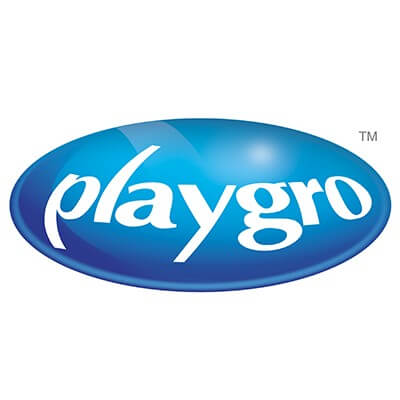

.jpeg)





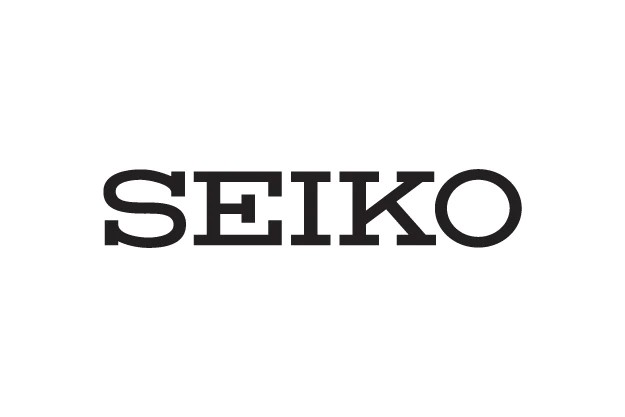
.jpg)
.jpeg)


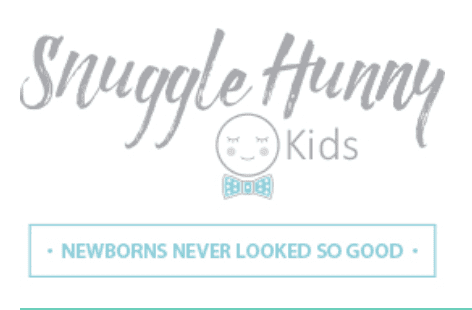






.jpg)

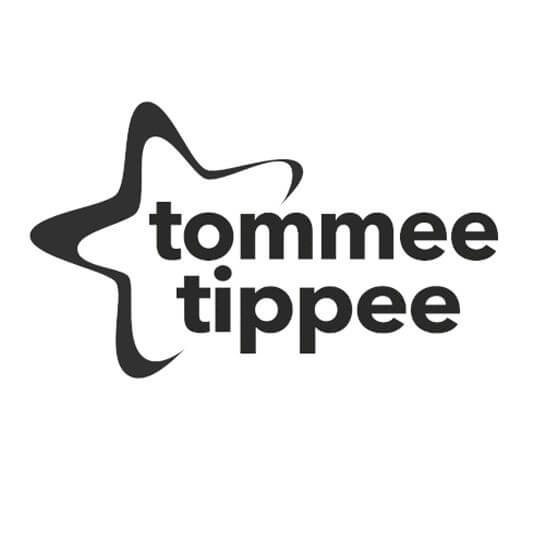
ulva-Logo.jpg)




.jpeg)



.png)

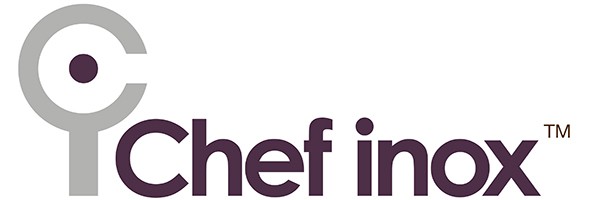

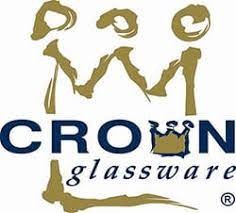
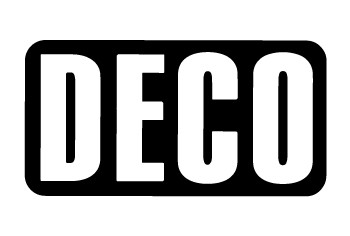
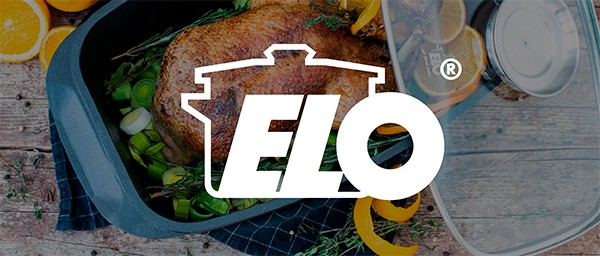
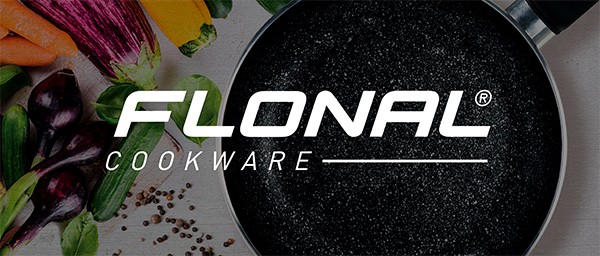


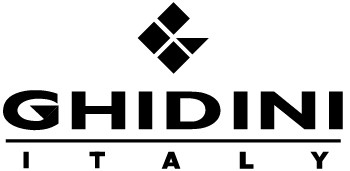





.png)















